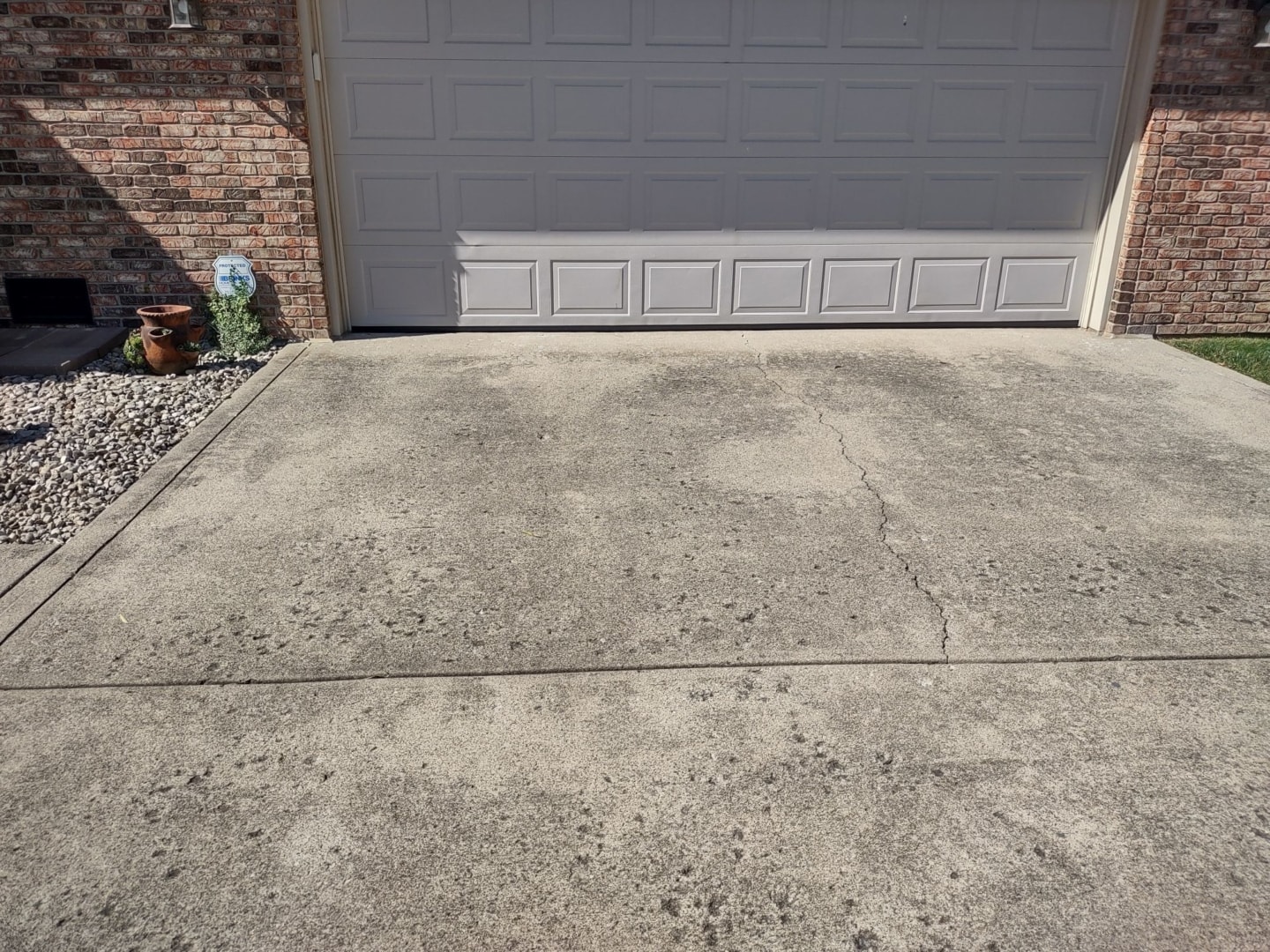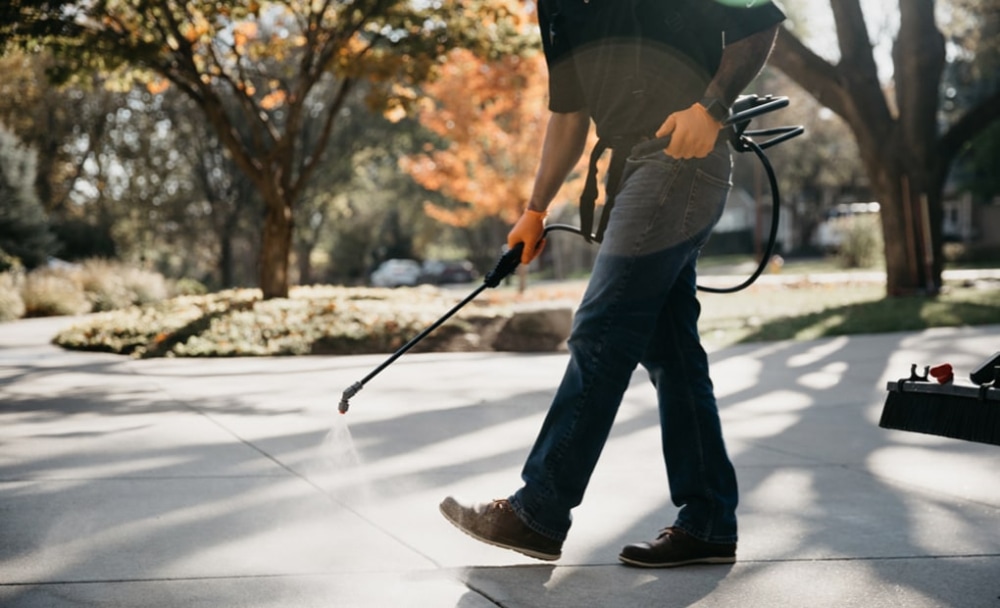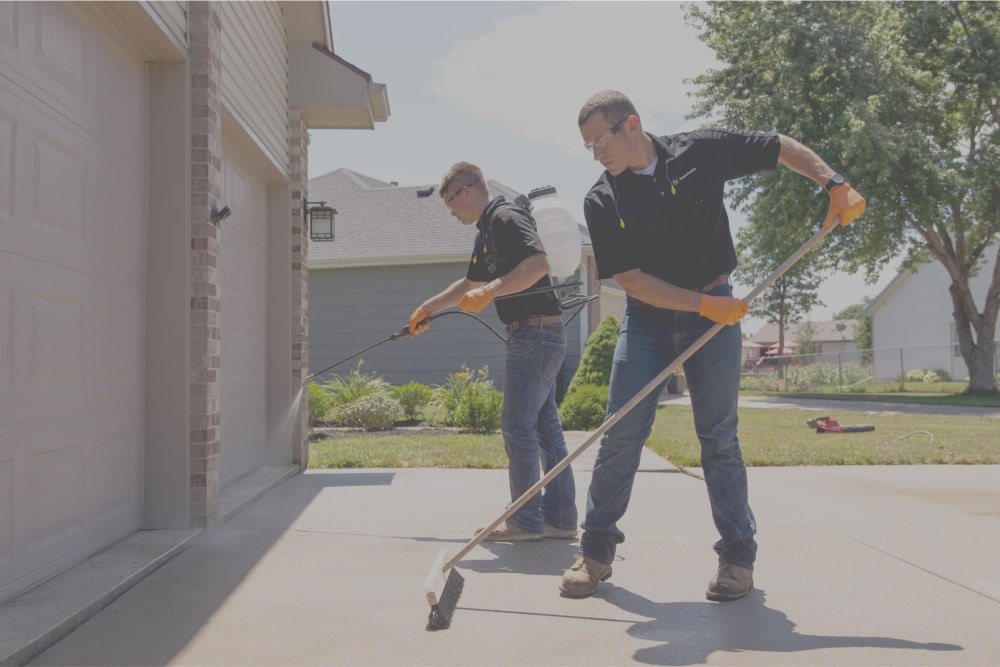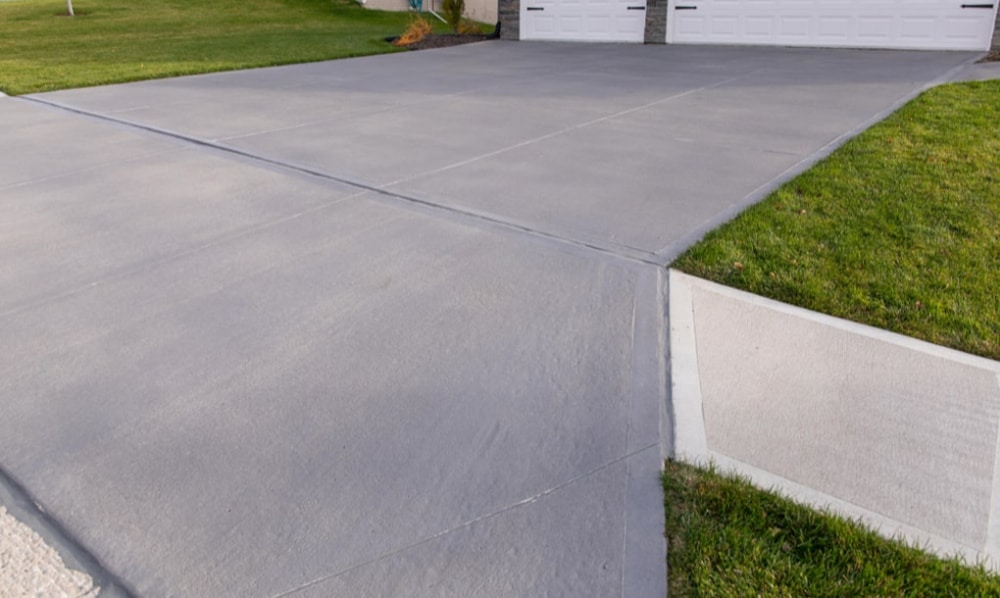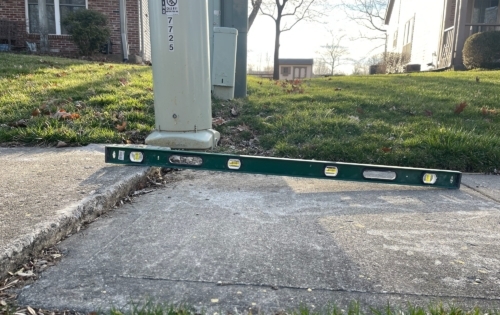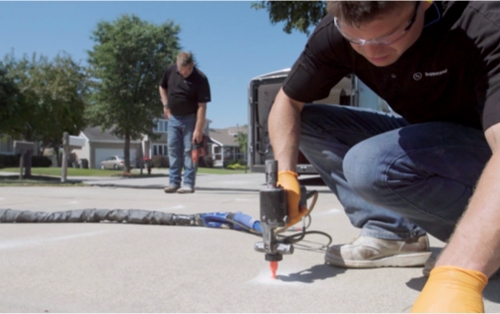Concrete is durable and widely known for its strength and longevity. However, like any material, it is susceptible to wear and tear over time – especially with our Indiana weather. One common problem many property and/or business owners encounter is concrete spalling.
Understanding Spalling Concrete
Concrete spalling, or scaling, is when the top layer of concrete chips, flakes, or breaks away. Today, with so much concrete surface, complaints of spalling concrete are on the rise. Contractors must continuously revisit current best practices to determine how to prevent this recurring problem for customers. In this article, we will discuss the reasons for why this happens and ways to identify and resolve the problem.
What Causes Concrete Spalling?
Spalling makes concrete look bad and unsafe, especially in busy areas. Various factors like freezing and thawing, harsh weather, rock or salt use, and installation practices often lead to deterioration.
Identifying Concrete Spalling
- Surface Flakes and Chips: Look for visible signs of flaking or chipping on the surface of the concrete. Spalled areas often have a rough, uneven texture.
- Exposed Aggregate: Spalling may expose the aggregate (small stones) within the concrete mix, giving the surface a pitted appearance.
- Concrete Cracks and Gaps: Check for cracks and gaps in the concrete surface. The formation of cracks often accompanies spalling, which can lead to further deterioration or hazards.
- Discoloration: Spalled areas may exhibit discoloration, indicating weakened or damaged concrete.
Fixing Deteriorating Concrete
- Seal it before it starts: People do not often discuss prevention for concrete surfaces enough. Using the right concrete sealant can keep concrete strong and in good shape without spending a lot of money.
2. Surface Patching: Begin by cleaning the affected area, removing any loose debris or dust. Apply a concrete patching compound to fill in the gaps and smooth the surface. Follow the manufacturer’s instructions for the specific product used. This can be difficult to match large amounts of concrete.
3. Resurfacing: For larger impacted areas, consider resurfacing the entire concrete surface. This process involves adding a thin layer of new concrete or a special mix. The purpose is to make the surface look and be strong again.
4. Sealing and Waterproofing: Protect the repaired concrete by applying high-quality concrete sealers and caulking. This helps to prevent moisture infiltration, which is a common cause.
5. Future Preventive Measures: To prevent future spalling, use de-icing agents less, ensure good drainage, and fix any underlying issues causing deterioration.
Preventing concrete spalling, spotting it fast, and taking appropriate action can solve the issue. Taking the right steps can help your concrete surfaces last longer and stay strong. If you need an expert’s advice on identifying and repairing spalling, we’re here to help. Visit https://golevelup.com/free-estimate/ for a free estimate.
